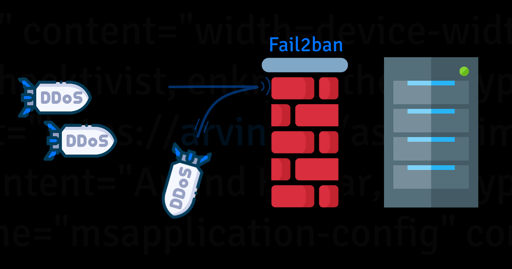

Hardware
- AMD Ryzen Threadripper 9960X
- GIGABYTE TRX50 AERO D Motherboard
- Samsung SSD 9100 PRO 2TB SSD
- 64GB ECC RAM
- Noctua NH-U14S TR5-SP6 Cooler
- Intel Arc B580 GPU
- Fractal Design Torrent E-ATX Case
- Seasonic PRIME TX-1600 1600W 80+ Titanium PSU
OS
- Fedora









Ah, fuck.